How to Maintain and Care for Your Feeding Tube: A Gentle Reminder (Not a Lecture)

If you or someone you care for uses a feeding tube, chances are you've already had the full hospital handover, complete with laminated guides, awkward demonstrations, and possibly a nurse named Karen who spoke at lightning speed.
But when you’re back home and in the real world, things can get a little fuzzy.
Was I supposed to flush before or after meds?
Is this gunk normal?
Did I actually tighten that clamp?
That’s where this guide comes in. Think of it as your cheat sheet—a friendly nudge, not a lecture. We’re here to help you remember the essentials, avoid the nasty surprises (hello, clogged tubes), and make feeding tube care as stress-free as possible.
Whether you’re new to the game or just need a refresher, we’ve got you covered—step-by-step, minus the jargon. So grab a cuppa, take a breath, and let’s dive into the stuff that keeps your tube (and your sanity) in good shape.
Daily Cleaning Routine (a.k.a. Your Non-Negotiable 5-Minute Habit)
Let’s be honest—feeding tubes don’t ask for much. But if there’s one thing they do demand? A bit of daily TLC. Think of it like brushing your teeth—skip it too often, and things can get... problematic. Thankfully, a few simple steps can help keep everything clean, comfy, and complication-free.
According to Spark Pediatrics, daily G-tube cleaning helps prevent infection, irritation, and build-up around the stoma. Here’s how to do it right:
What You’ll Need:
- Warm water
- Mild, fragrance-free soap
- Clean washcloth or gauze
- A soft towel
- ENFit-compatible syringe (for flushing)
- Optional: Halyard Teri Wipes (great for quick, gentle cleanups on-the-go)
Step-by-Step Feeding Tube Cleaning Routine:
1. Wash Your Hands (Seriously, Every Time)
Before anything else, wash your hands with soap and warm water. Feeding tubes love clean hands as much as they hate bacteria.
2. Check the Site
Give the stoma area a once-over. Any redness, swelling, or strange discharge? If something looks different than usual, don’t wait—flag it for your care team.
3. Gently Clean the Stoma Area
Using a clean cloth or gauze dipped in warm, soapy water, gently wipe around the site.
Clean in a circular motion, starting from the stoma and moving outward—think: “spiral of hygiene.”
4. Rinse and Dry
Rinse away any soap with a damp cloth and pat the area dry with a clean towel. Don’t skip the drying step—moisture is a breeding ground for irritation and infection.
5. Apply Medications or Dressings (if prescribed)
If your healthcare provider has recommended ointments or specific dressings, now’s the time to apply them.
6. Flush the Tube Before and After Feeds/Medications
Use warm water and an ENFit syringe to flush the tube to prevent blockages. You’re not just cleaning—you’re keeping the whole system running smoothly.
Bonus: Pair It with Bath Time
According to Spark Pediatrics, many carers find it helpful to include this routine during bath time—less fuss, less stress, and fewer routines to juggle.
Daily Cleaning Checklist:
✅ Hands washed
✅ Stoma inspected
✅ Site cleaned and dried
✅ Medications/dressings applied (if needed)
✅ Tube flushed
✅ High-five yourself for being awesome
How to Prevent Clogs Like a Pro (Because Nobody Likes a Blocked Tube)
You’re halfway through a peaceful feed when suddenly—nothing. The dreaded clog. You try flushing, tapping, silently pleading… but it’s stuck. Again.
But here’s the good news: most clogs are totally preventable with a bit of know-how and a daily maintenance routine that even future-you will thank you for.
1. Flush Like It’s Your Job
Think of water like your feeding tube’s best mate. Flushing before and after every feed or medication isn’t just a “nice to do”—it’s the golden rule. According to Practical Gastroenterology, flushing with at least 30 ml of warm water helps reduce the risk of clogging by keeping residual formula and medication from building up in the tube.
Pro Tip:
Use warm water (not hot or cold) and ENFit-compatible syringes for the best results. For longer-term tubes or thicker feeds, 60 ml might be a safer bet.
2. Medications: One at a Time, Please
It’s tempting to throw all the meds in at once, especially during a busy day—but resist the urge. According to Practical Gastroenterology, administering medications together (especially crushed ones) is a top cause of tube clogs.
- Crush meds only if your pharmacist says it’s safe.
- Mix each med with at least 15–30 ml of water, give one at a time, and flush between each one with another 15–30 ml.
This may feel tedious, but your tube (and your stress levels) will thank you later.
3. Don’t Rush the Feed
Feeding too fast? Not only can it cause discomfort, it can also push thicker formula against the tube walls—making it harder to flush out.
Use gravity or a feeding pump to control the flow. According to UVA Health’s guidelines, slower rates give your digestive system time to process the feed and help prevent clogs from forming in the first place.
4. Use the Right Gear
Not all syringes are created equal. The ENFit Enteral Syringe 60ml is designed specifically for tube feeding—it’s safer, fits ENFit devices perfectly, and helps you apply steady pressure when flushing.
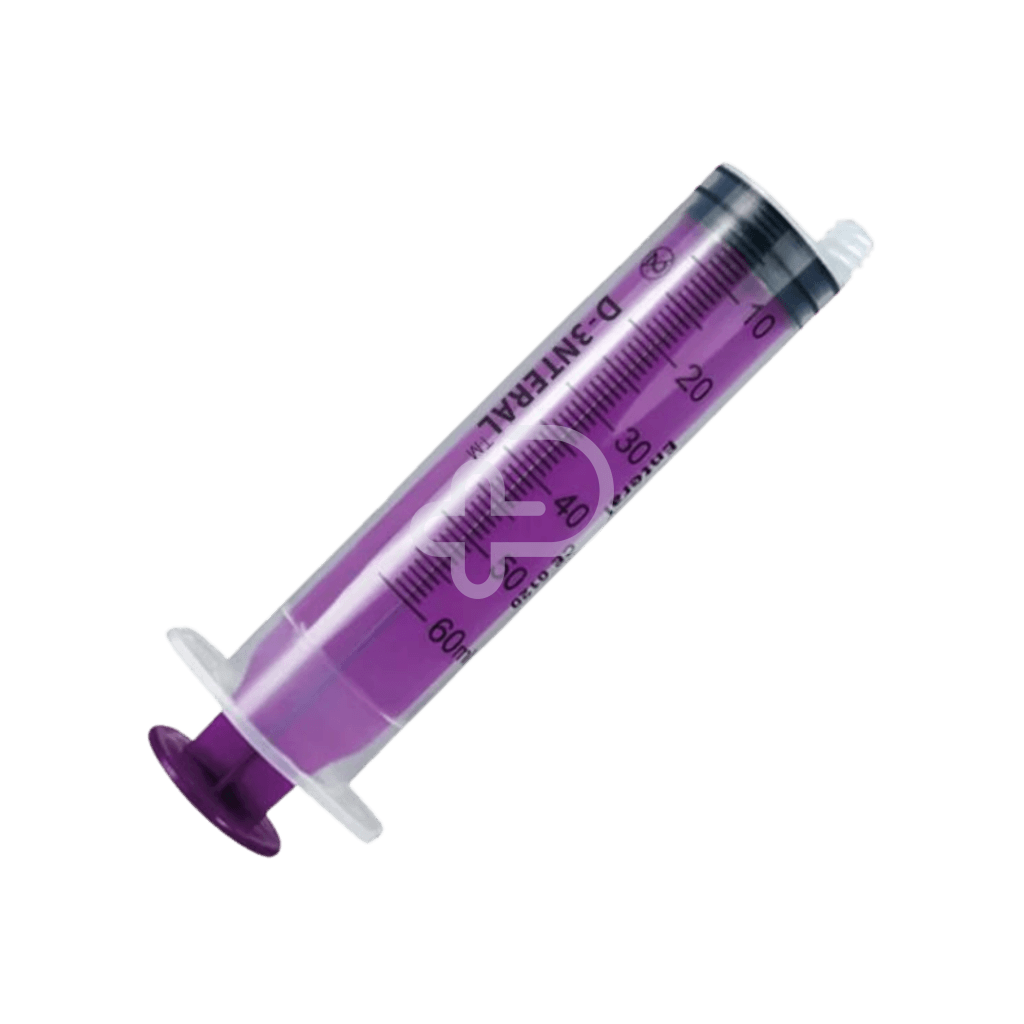
Buy the ENFit Enteral Syringe 60ml here
Because using the wrong tools can make flushing more frustrating than it needs to be.
5. Daily Flushing is a Must (Even If You Skip a Feed)
Feeding tube not in use today? You still need to flush! As Practical Gastroenterology notes, flushing daily—regardless of feeding activity—helps prevent dried formula or medication residue from blocking the tube.
A quick 30 ml rinse can save you a phone call to your healthcare team (and a whole lot of tube-related stress).
Blocked tubes are annoying, uncomfortable, and completely avoidable. With a bit of planning and the right routine, you’ll keep everything running like a dream—and avoid those 10pm emergency unclog missions.
Know the Red Flags: Spotting Irritation and Infections Early
Feeding tubes are amazing, but they’re also a little high maintenance. That’s not a bad thing! But it does mean you need to keep an eye out for signs that something might be going sideways.
Catching an issue early can be the difference between a minor hiccup and a trip to urgent care. So here’s your checklist of red flags to watch for around the tube site (and what they could mean):
1. Redness, Swelling or Warmth at the Site
A little pinkness after a new tube placement? Totally normal. But if the area around the stoma suddenly becomes red, swollen, warm, or starts looking angrier than usual, it could be an early sign of infection.
According to MSD Manuals, this could also be accompanied by tenderness or pain—even if the person using the tube doesn’t always say it hurts.
2. Leaking Around the Tube
A small amount of clear or light-coloured fluid is usually okay. But if you notice persistent leakage, especially if it’s yellow, green, or has an odour—your tube might not be sitting correctly, or the stoma could be irritated or infected.
Pro tip: Excessive leaking can also cause skin breakdown, so be sure to clean and dry the area thoroughly and contact your care team if it doesn’t improve.
3. Crusting or Unusual Discharge
According to WebMD, thick, smelly, or discoloured discharge around the site is your cue to call a doctor. It could be a sign of a developing infection or poor hygiene practices.
Daily cleaning with warm water and a gentle cloth (no harsh soaps!) helps keep the site fresh and healthy.
4. Fever or Lethargy
If your loved one seems extra tired, has chills, or runs a fever—especially alongside any of the symptoms above—it might be a sign that the infection has gone beyond the skin. This is one of those “don’t wait” moments. Call your healthcare provider promptly.
5. Pain During or After Feeding
Feeding time shouldn’t feel like a punishment. If your loved one experiences nausea, bloating, cramping, or pain during or right after a feed, it could be a signal that something’s off—whether it’s the feed rate, formula type, or tube placement.
If this becomes a regular thing, consult a healthcare professional or dietitian to adjust the plan.
Travel, Sleepovers & Day Trips: How to Store and Travel With Feeding Supplies Like a Pro
Feeding tubes don’t mean you need to be stuck at home 24/7. Whether it’s a quick trip to the shops, a weekend getaway, or visiting family overnight, tube feeding can go right along with you—as long as you’re organised.
Here’s how to make outings smooth, stress-free, and mess-free:
1. Pre-Pack Like a Boss
Always bring more than you think you’ll need. It’s a rule of thumb every tube-feeding family swears by. This includes:
- Extra syringes (pre-flushed if needed)
- Feeding sets or connectors
- Water for flushes
- Spare dressings or gauze
- Formula or nutritional supplements
- Clean cloths or wipes
Pro tip: Use clearly labelled zip-lock bags to sort supplies into “feeding,” “cleaning,” and “emergencies.” It saves time and sanity when you're reaching for something mid-feed.
2. Keep Formula Cool (or Warm)
Some formulas need to be kept at room temperature or cooler. An insulated cooler bag or small Esky with ice packs works wonders—especially in the Aussie heat. Just don’t freeze your formula unless your healthcare provider specifically says it’s safe to do so.
3. Protect Your Peace of Mind with a Waterproof First Aid Kit
Even the best-laid plans can hit a snag. That’s why having a well-stocked, waterproof first aid kit is a total game changer.
Meet your new go-bag hero: the Defender 3 Series Waterproof First Aid Kit.
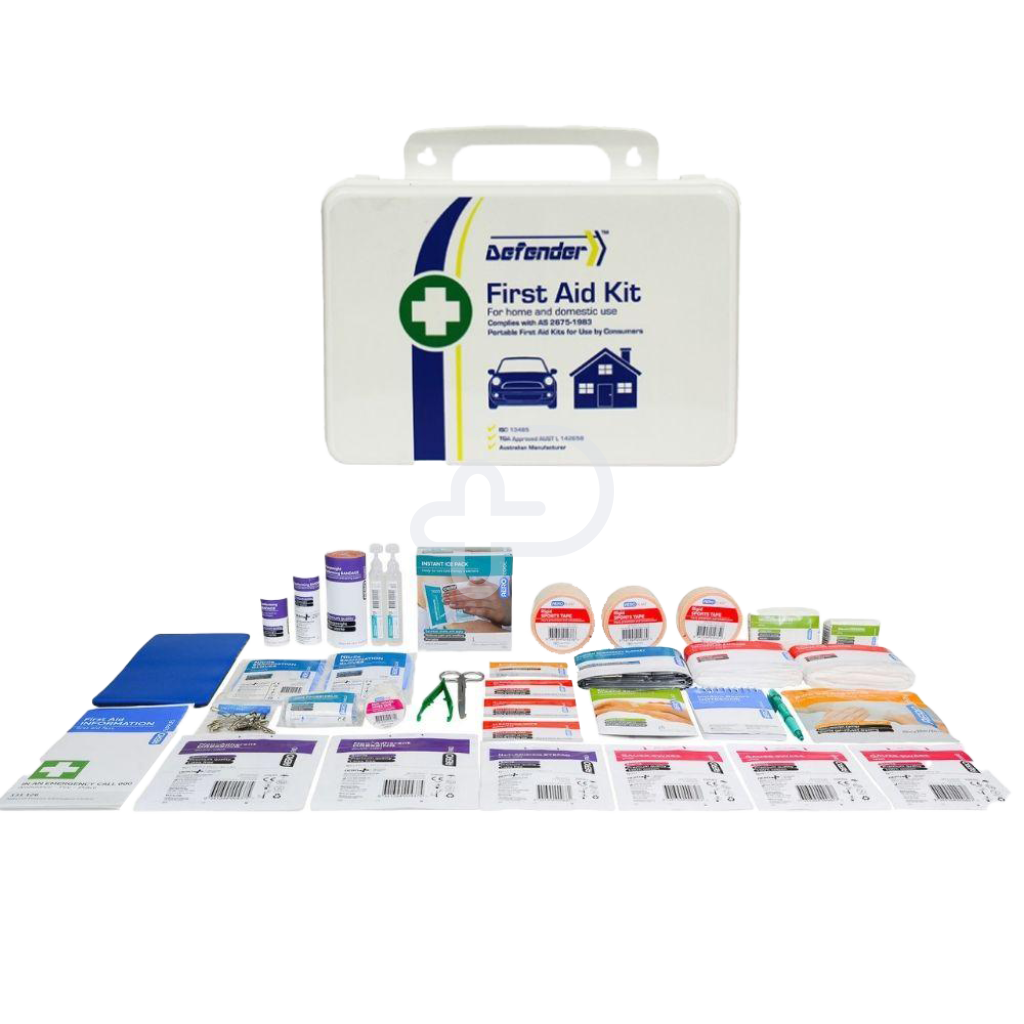
Buy the Defender 3 Series Waterproof First Aid Kit here
This rugged, compact kit is perfect for keeping with your feeding gear—whether you’re off to the beach, camping, or simply need peace of mind on school excursions or day programs. It’s splash-proof, dust-proof, and loaded with essentials like antiseptic wipes, bandages, gloves, and more. You can also add your own extras (like stoma care supplies) to customise it to your needs.
4. Sleepover Ready? Make It Easy
If your loved one is staying overnight at a friend’s or a respite care home, prep a ready-to-go kit with:
- A written step-by-step routine
- Contact info for their healthcare team
- Emergency action plan
- Spare clothes in case of leakage
- All feeding and stoma care supplies
This isn’t about being over-prepared—it’s about being ready, so everyone can enjoy the moment without worry.
Need a New Tube or Accessories? Here’s What to Have on Hand
Even the most reliable gear needs a refresh now and then. Whether you're dealing with regular wear and tear, prepping for a tube change, or building a backup kit, having the right tools can make all the difference. Here are some of our most trusted essentials for feeding tube users—ready to order when you need them:
1. MIC-KEY Low Profile ENFit Extension Set (60.9cm)
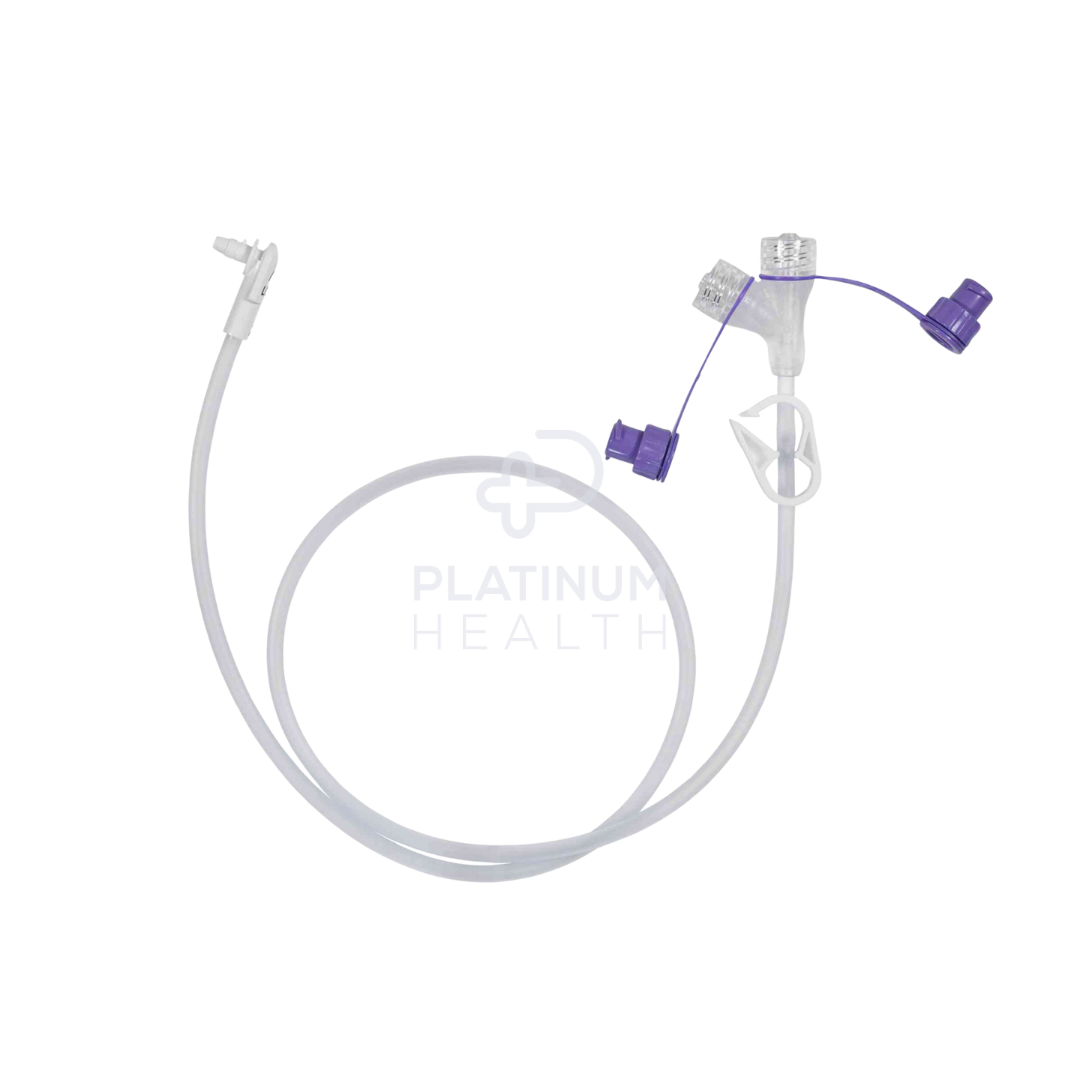
Buy the MIC-KEY Low Profile ENFit Extension Set here
This low-profile extension set gives you extra flexibility for feedings and meds. It’s perfect for active days when you want something discreet yet dependable. With a right-angle connector, clamp for flow control, and dual access ports (Y-style), this set is ideal for both bolus and continuous feeds.
Why it’s great: Comfortable, ENFit-compatible, and reusable for single-patient use.
2. MIC-KEY G 14Fr Low Profile Gastrostomy Feeding Tube with ENFit Extension Set
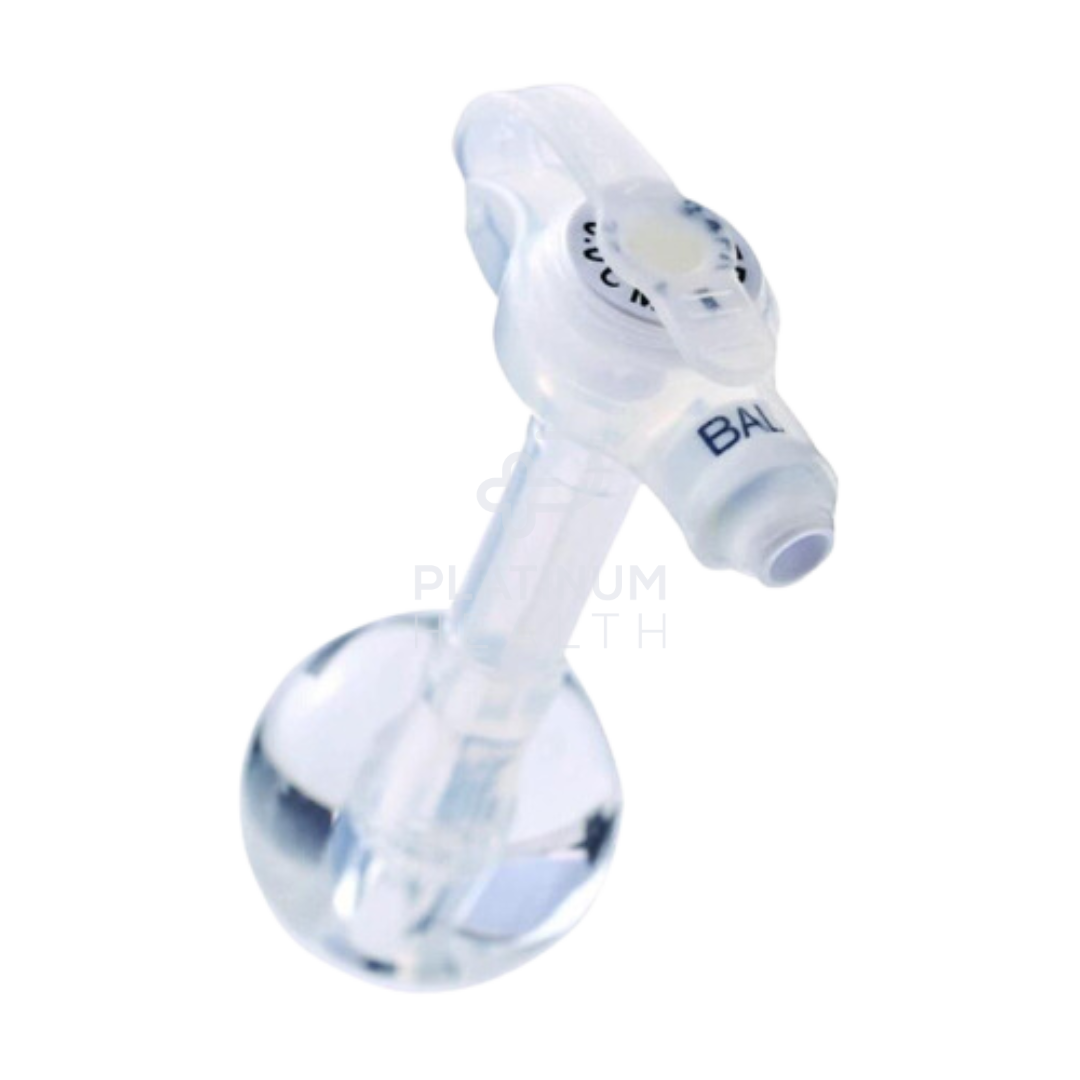
Buy the Mic-Key G Low Profile Balloon Feeding Tube here
This is a go-to choice for many long-term tube users. It features a soft, medical-grade silicone design with a balloon retention system for secure placement and a low-profile external design that stays close to the body—ideal for comfort and mobility.
Includes: ENFit-compatible extension set, SECUR-LOK retention disc, and radiopaque stripe for visibility during imaging.
3. MIC-KEY Stoma Measuring Device
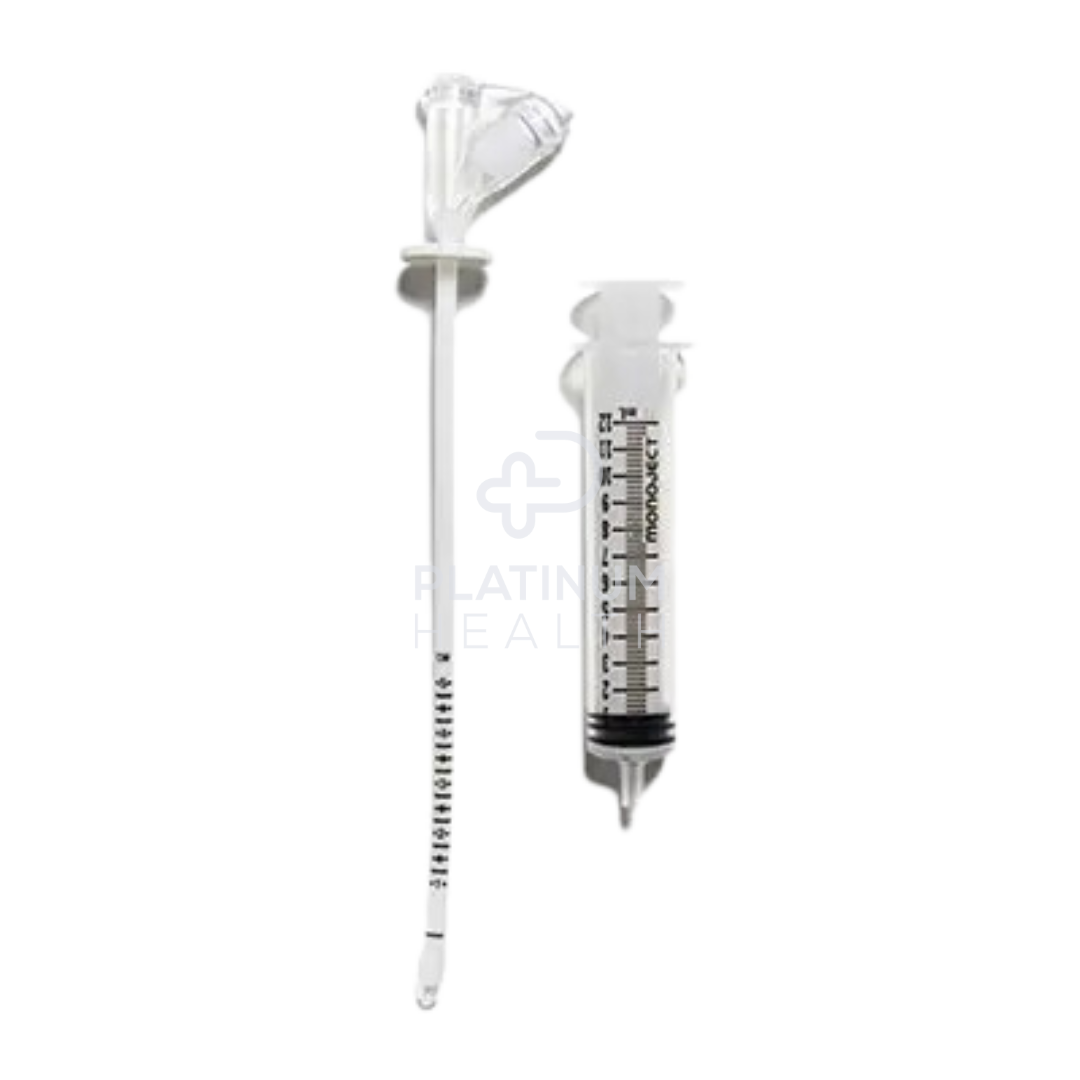
Buy the MIC-KEY Stoma Measuring Device here
If your healthcare provider has recommended a tube change—or you’re managing care for someone new to tube feeding—this device helps measure stoma depth accurately. It’s an essential tool for choosing the right length tube to prevent discomfort or leaks.
Top tip: Always consult with your nurse or doctor before switching sizes. But when it’s time to measure, this tool gets it right the first time.
Keep a small supply of replacement connectors, tubes, and accessories in a clean, dry place at home. It saves the last-minute stress when something suddenly wears out or needs to be replaced in a hurry.
Come See Us In Epping—We’re Here to Help!
Caring for someone with a feeding tube (or managing one yourself) isn’t always easy—but you’re not in it alone. Whether you're stocking up on daily supplies, replacing an old extension set, or just want to see what the latest feeding tube products look like in person, we’ve got you covered.
Visit our showroom at Unit 2/51 Trafalgar Rd, Epping VIC 3076 for expert guidance, friendly advice, and hands-on help choosing the right gear.
Whether you’re an NDIS participant, caregiver, or aged care provider—we’re here to make your job easier.
Not local? No worries! We ship Australia-wide, so you can order everything you need from the comfort of home.
Need help choosing a product? Give us a ring or pop in—we’re more than just a medical supply store. We’re your partners in care.
Explore our full range of feeding tube products at Platinum Health Supply today.
Important Disclaimer
The information provided in this guide is for educational purposes only and is not intended as medical advice. Always consult with a qualified healthcare professional regarding feeding tube care, especially if you notice any unusual symptoms or changes. Individual needs may vary, and proper medical supervision is essential for safe management.
Platinum Health Supply does not assume liability for any actions taken based on the content of this article. When in doubt, seek guidance from your doctor, nurse, or dietitian.
